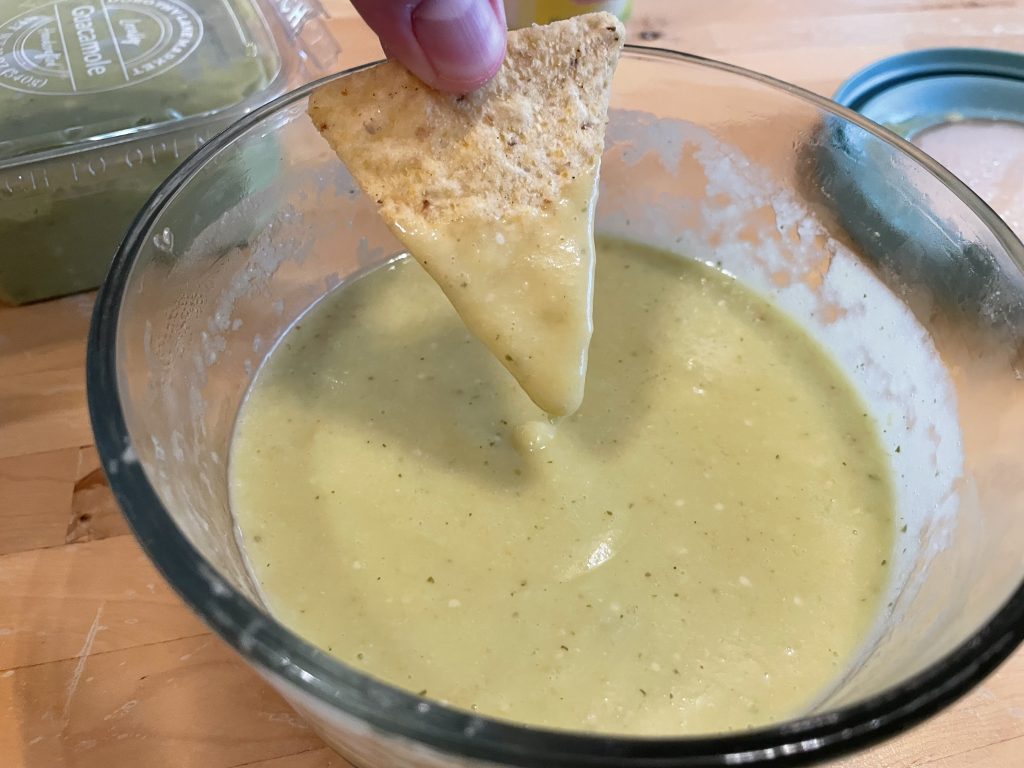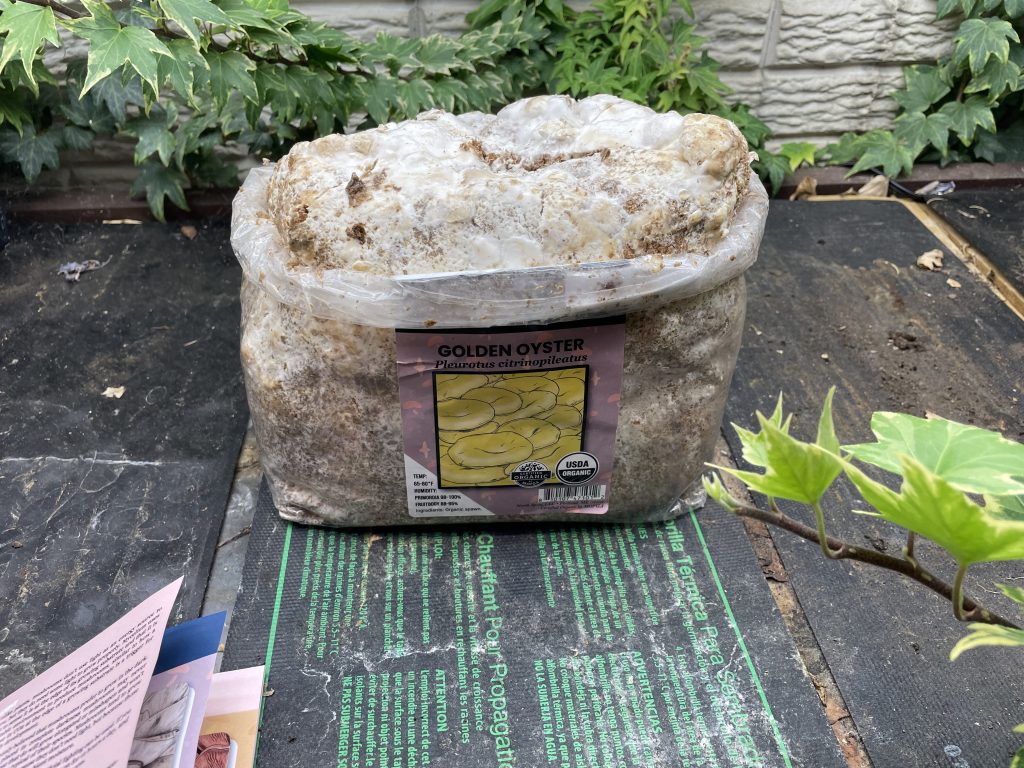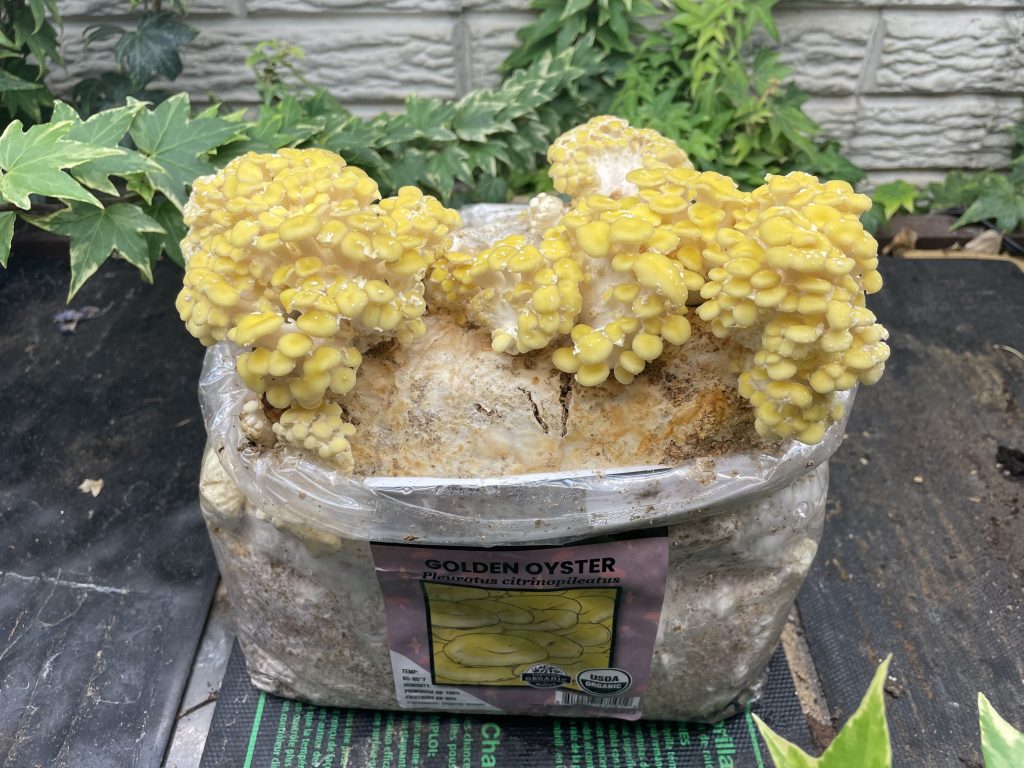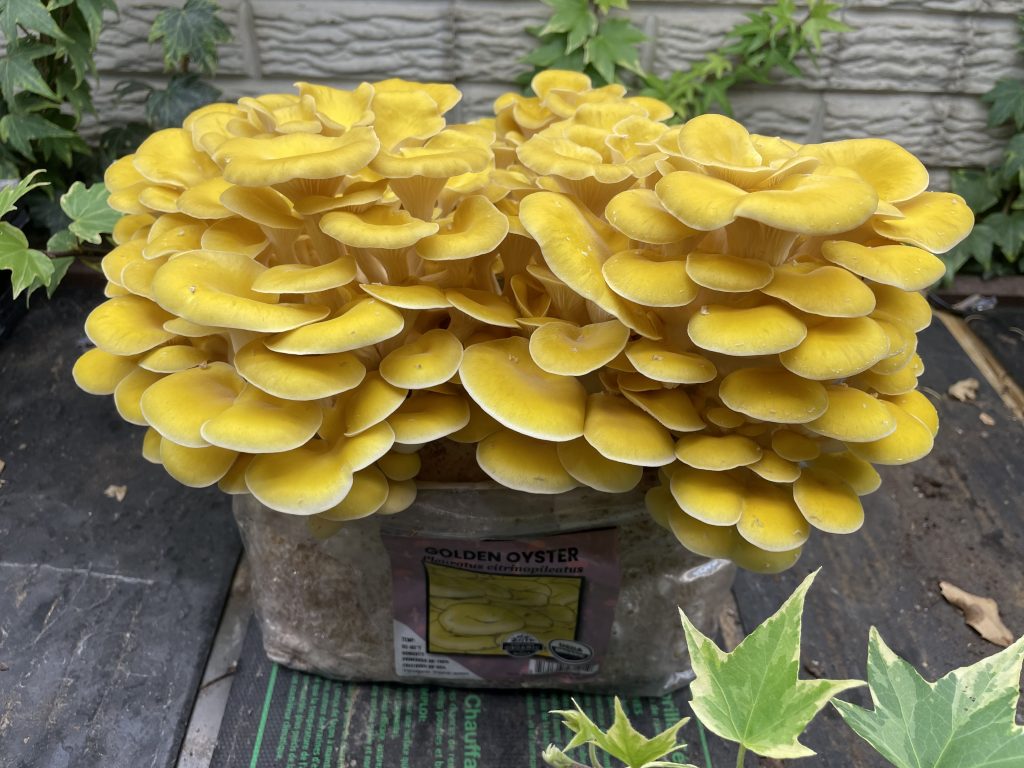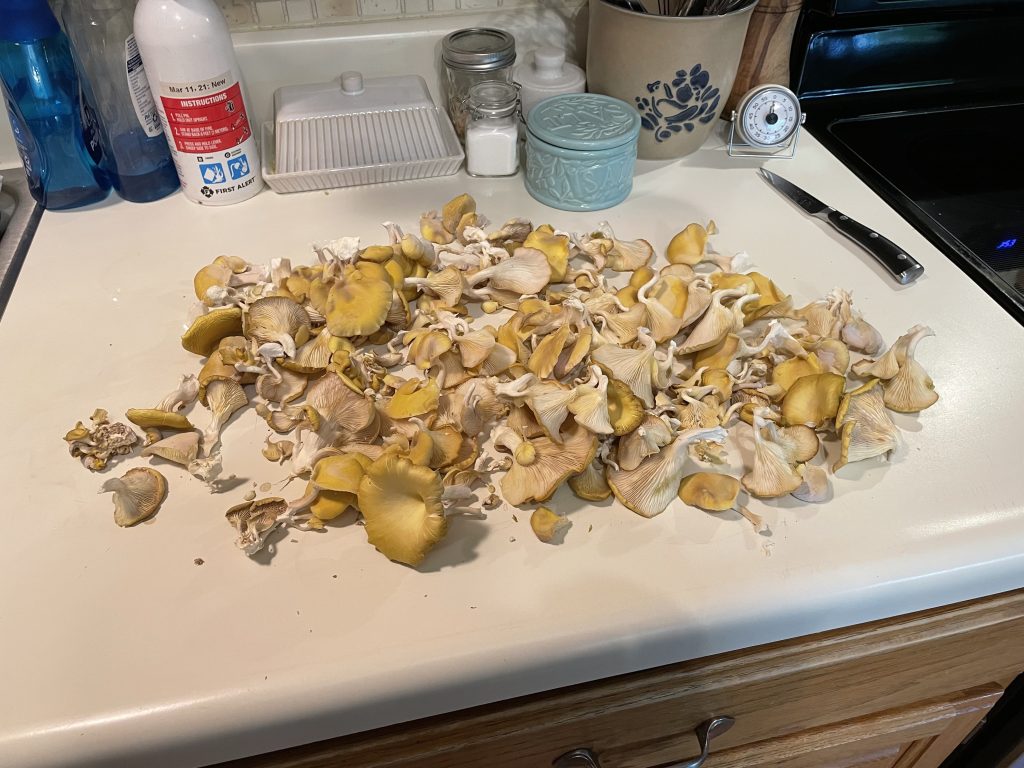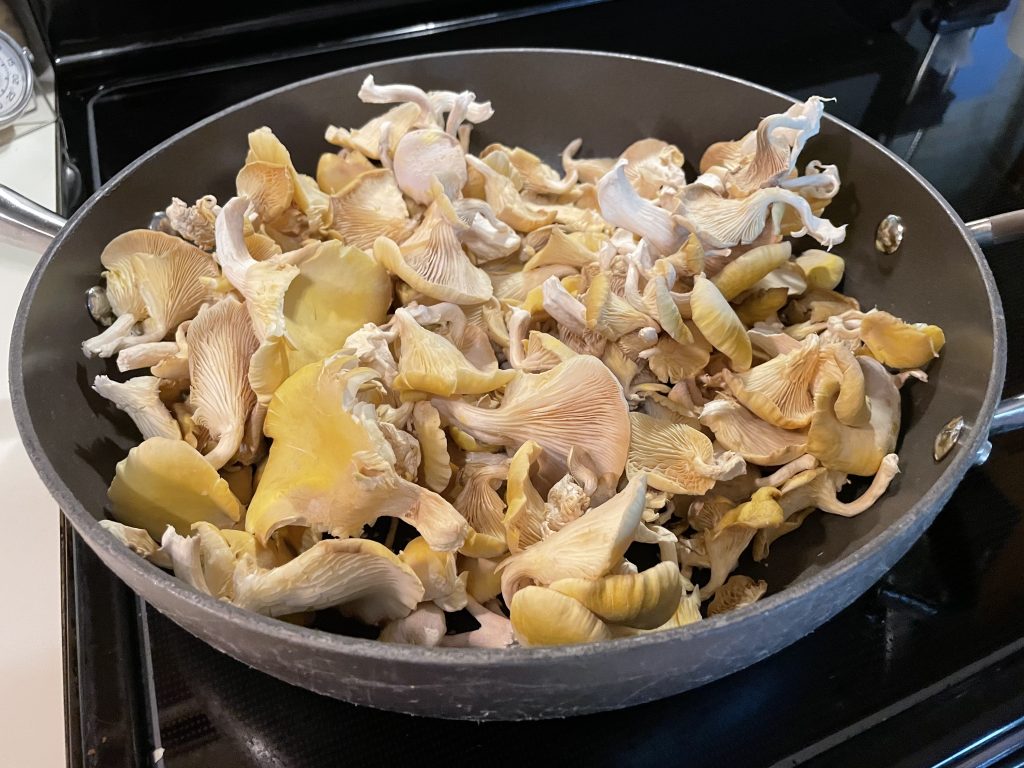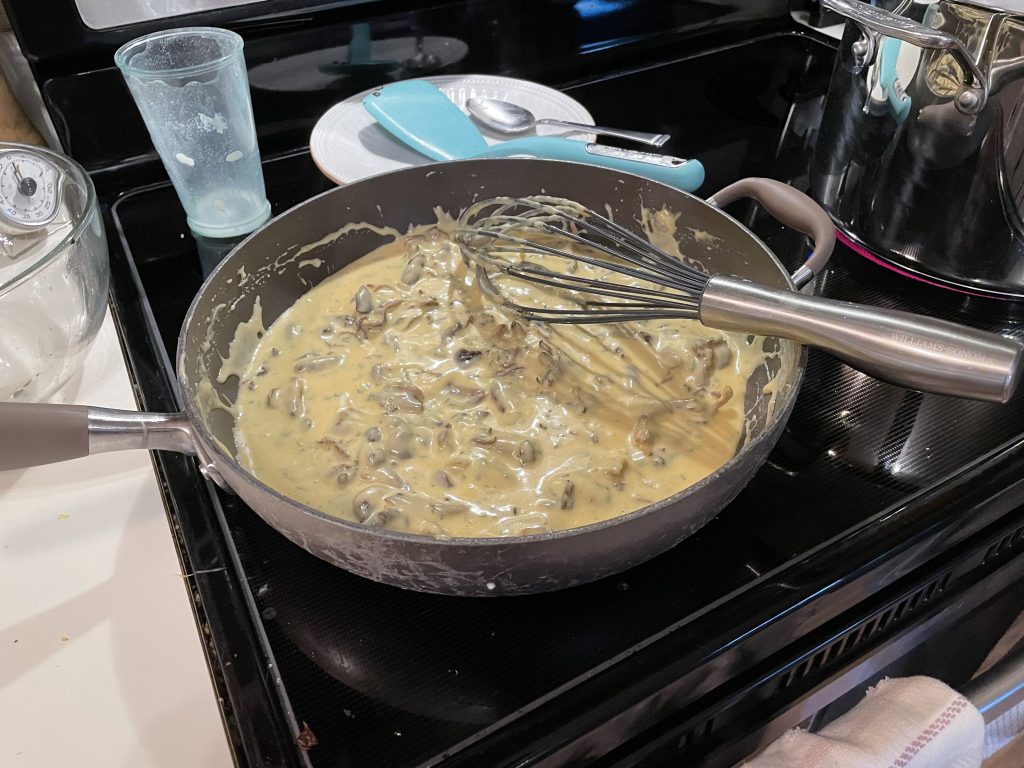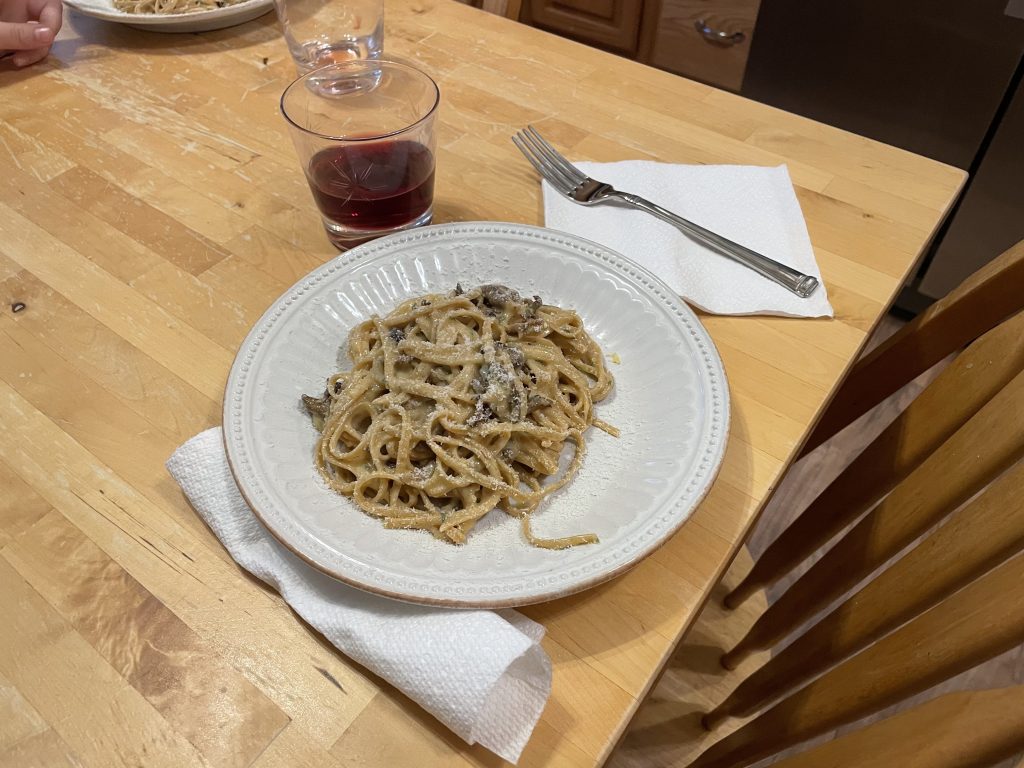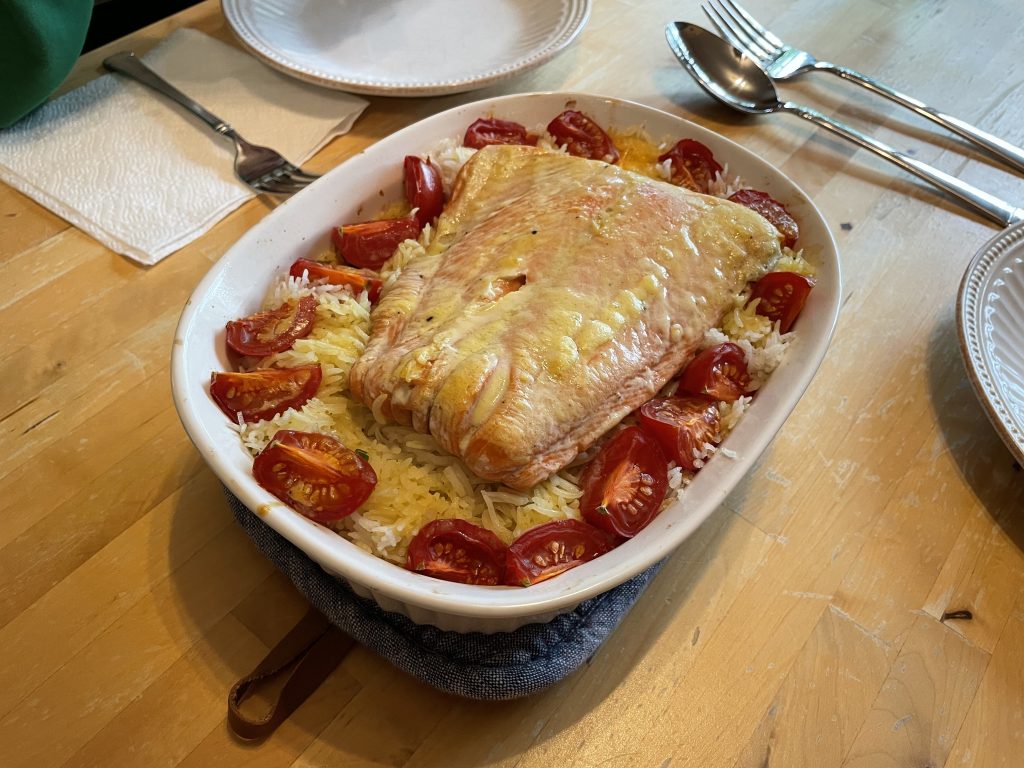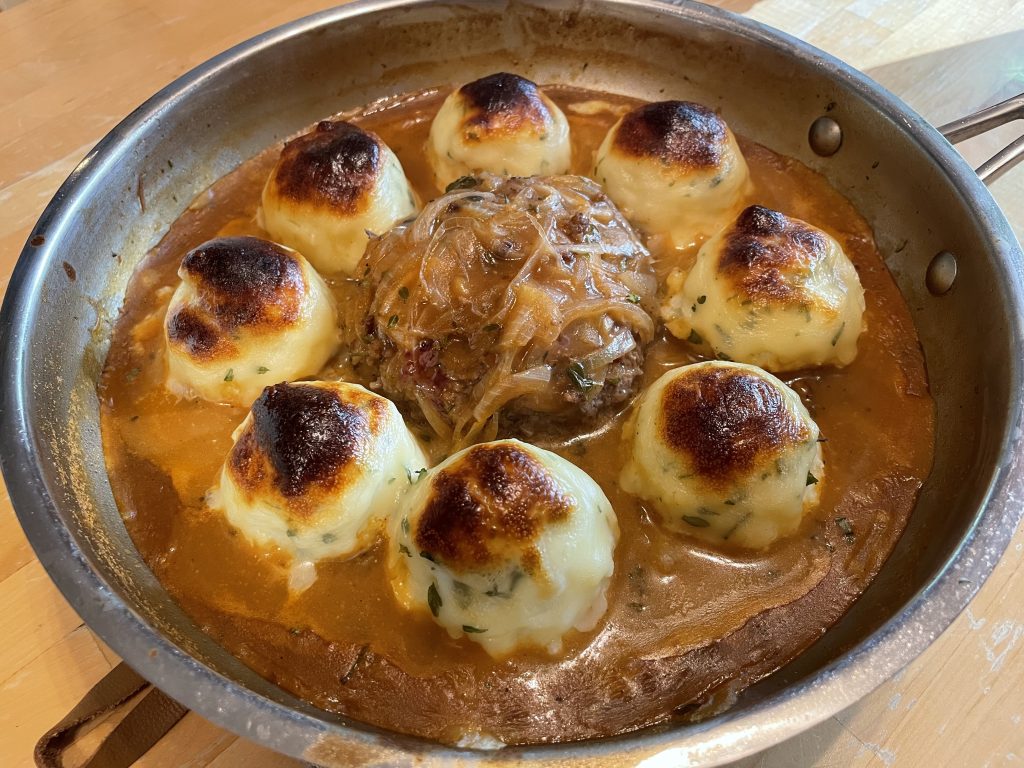We’re all familiar with bags of potato chips, having cried out in irritation upon opening a large puffy bag of salty cholesterol, only to find a lackluster final count of individual product settled in oily mylar at the bottom of the false abyss.

And we accuse Lay’s of shrinkflation, and they say “Nuh uh! We didn’t do that.”
And we post pictures of historical trends in product reduction, and they say “We didn’t decrease the percentage of product to packaging ratio.”
And then we say “Nuh uh! You totally did!”. And while not experts, none of us buy into 1.034569 ounces being a standard serving size, to which Lay’s replies “Okay, we reduced size but it was to be more aligned with healthy serving size diets. See, we’re actually looking out for your wellbeing. You’re welcome.” And we might almost believe that, were it not for the price increase alongside product size reduction.
But potato chips are just the most obvious example, because the size reduction also made slack fill more obvious. When a bag was big and product content was 50%, we didn’t notice as much because faces could still be stuffed. When bags shrunk 30%, it didn’t matter if product content may have actually remained at 50%, because faces couldn’t be as effectively stuffed. And then we noticed!
Surely some government agency is out there to protect us from these shenanigans!
And indeed there is: the FDA:

So presumably, while shrinkflation is totally legal, slack fill isn’t necessarily, so if indeed the percentage of potato chips has remained constant, then Lay’s is in the right, despite the public’s resentment on limited face-stuffing. But they’re still jerks.
Anyway, on to the next point. One might notice that nowhere in this document is the word “medicine” used. Obviously prescriptions wouldn’t fall under this, but one might assume that OTC medications – a consumer retail product – would. And yet, it doesn’t.

So why don’t these anti-consumer rules apply to medicine? Why did the FDA, whose very name has “Drug” in it, make this decision? I don’t know, because I can’t find any such explanation on their website. Someone tell me if you find out. Until then:
Fuck you, FDA
Fuck you, Lay’s (Frito-Lay/Pepsico)
And fuck you, Astra AB/AstraZeneca
And maybe Costco too, because they might have had a hand in it.
–Simon

